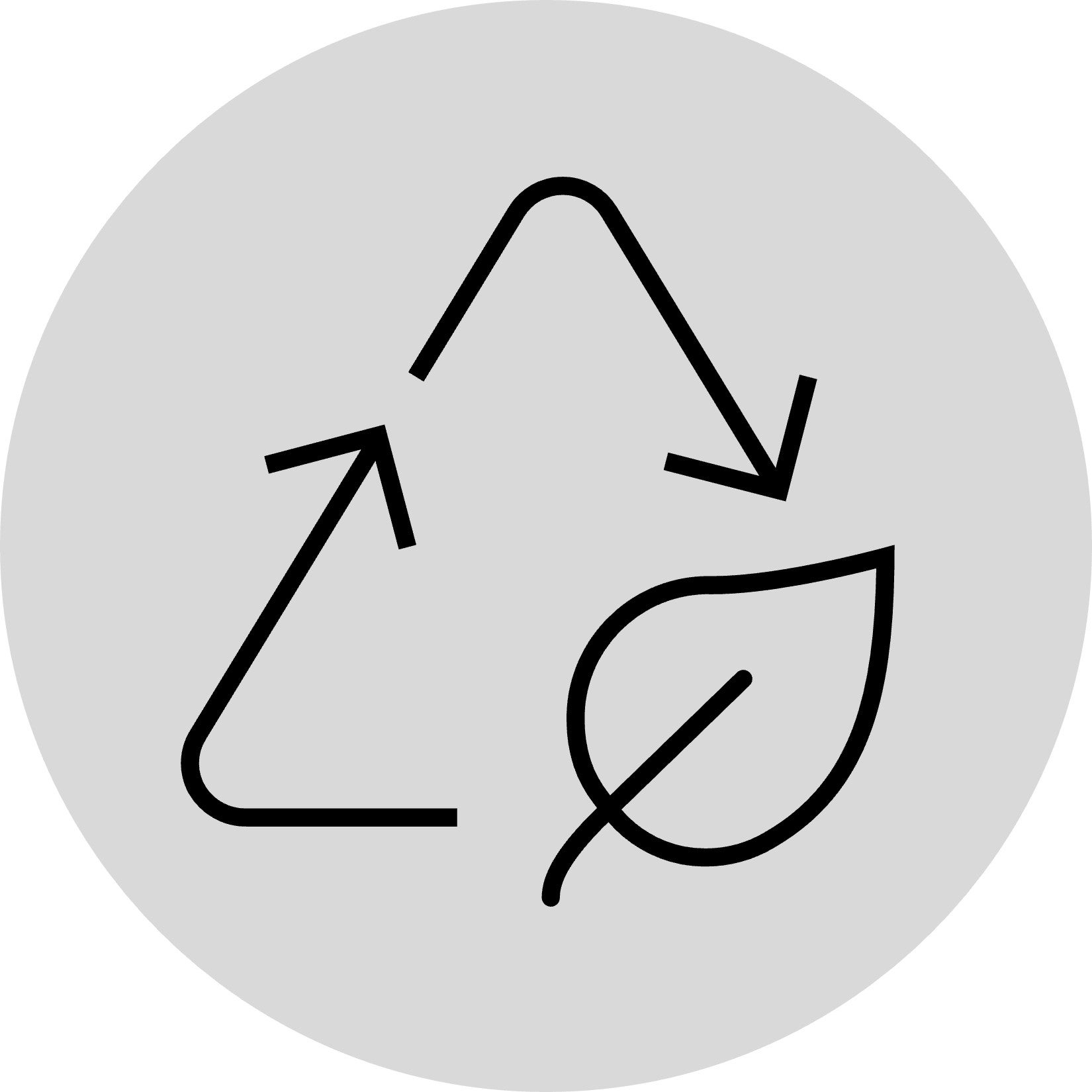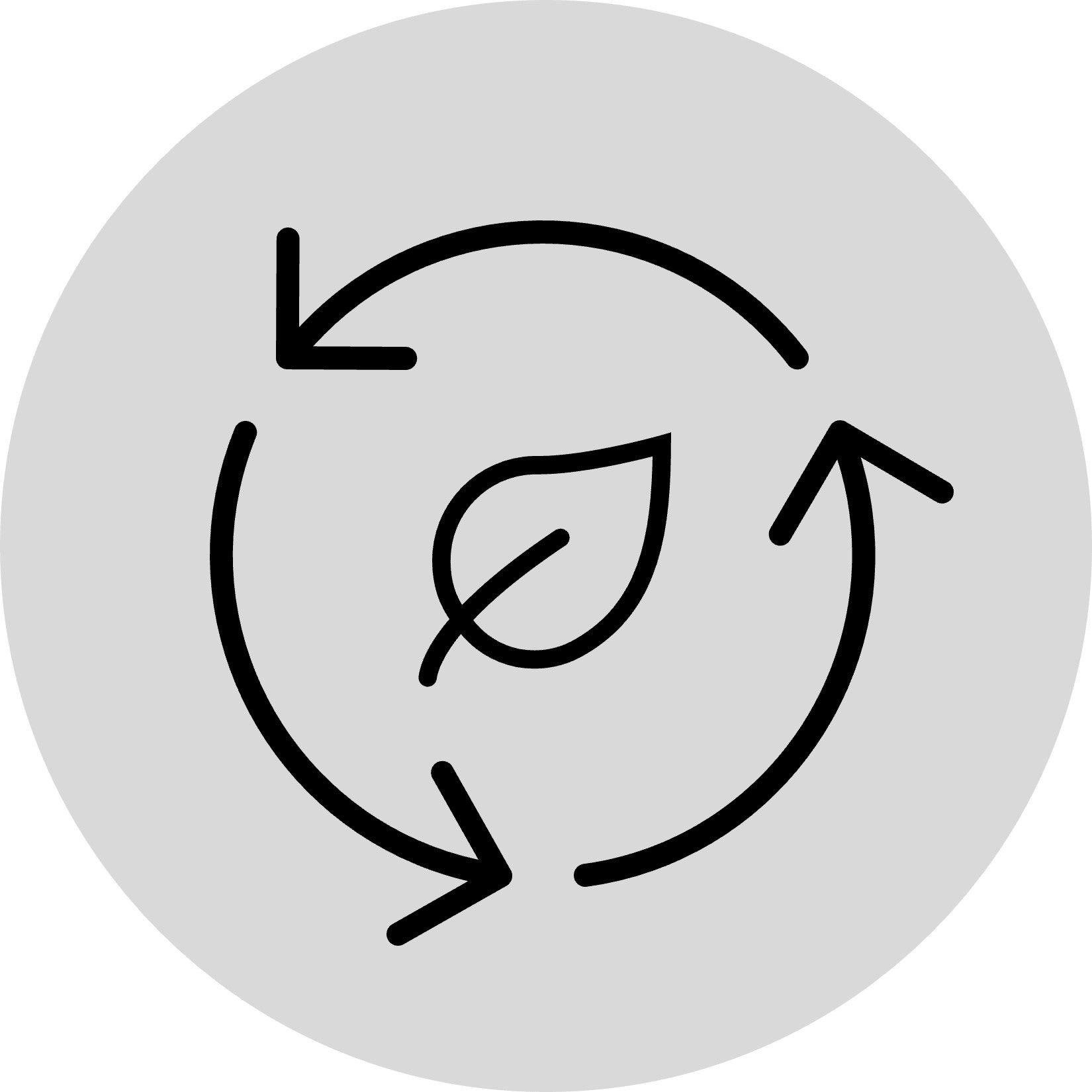
Sustainable IT Procurement Guideline
In 2023, Waterloo published its first comprehensive Sustainable IT Procurement Guideline. This was a collaborative output through the Green IT committee, which included IST, the Sustainability Office, Procurement, faculty computing/IT offices, the Library, and others. The guideline outlines all requirements for purchases of all included IT hardware types (computers, displays, servers, printers, and phones), as well as enterprise software (on prem and cloud).
The requirements are in effect for any IST-led procurement efforts requiring an RFP (for purchases over $100,000). The guideline aims to expand the requirements University-wide to all in-scope IT purchases from faculties and other units in the coming years.
Certifications and standards
For smaller purchases that do not meet the RFP threshold, members of the campus community are encouraged to reflect on the requirements of the Sustainable IT Procurement Guideline, but they are not required.
The following certifications and standards can help guide sustainable procurement options for small purchases:
ENERGY STAR is a U.S. Environmental Protection Agency voluntary program that helps businesses and individuals save money and protect our climate through superior energy efficiency.
The Electronic Product Environmental Assessment Tool (EPEAT) evaluates products based on energy efficiency, reduction and elimination of environmentally sensitive materials, materials selection, design for end-of-life, and more.
TCO Certified is a sustainability certification for IT products that ensures products are working towards sustainable development throughout their life cycle.
Things to consider
Before making a purchasing decision, consider these guiding principles of sustainable procurement:

Buy credibly certified products
- Make sure to request options that are third-party certified such as EPEAT, ENERGY STAR, and TCO Certified.

Buy circular
- How long is the product and its components meant to last? Does the product and/or packaging contain reusable/replaceable parts? Product descriptions and reviews can be extremely useful in this regard.
- Does the product integrate post-consumer-recycled content, such as plastic or metal?
- Does the vendor offer an end-of-life takeback program? This is typically explicitly stated. If no, can the product and/or packaging be disposed of through existing waste programs? Refer to theShift:Zero Sorting Guide if unsure.

Consider lifecycle costs
- What are the operational costs of the product over its lifespan?
- Are there energy or resource-saving settings, such as “sleep mode”? This information can easily be found in product descriptions or reviews.


